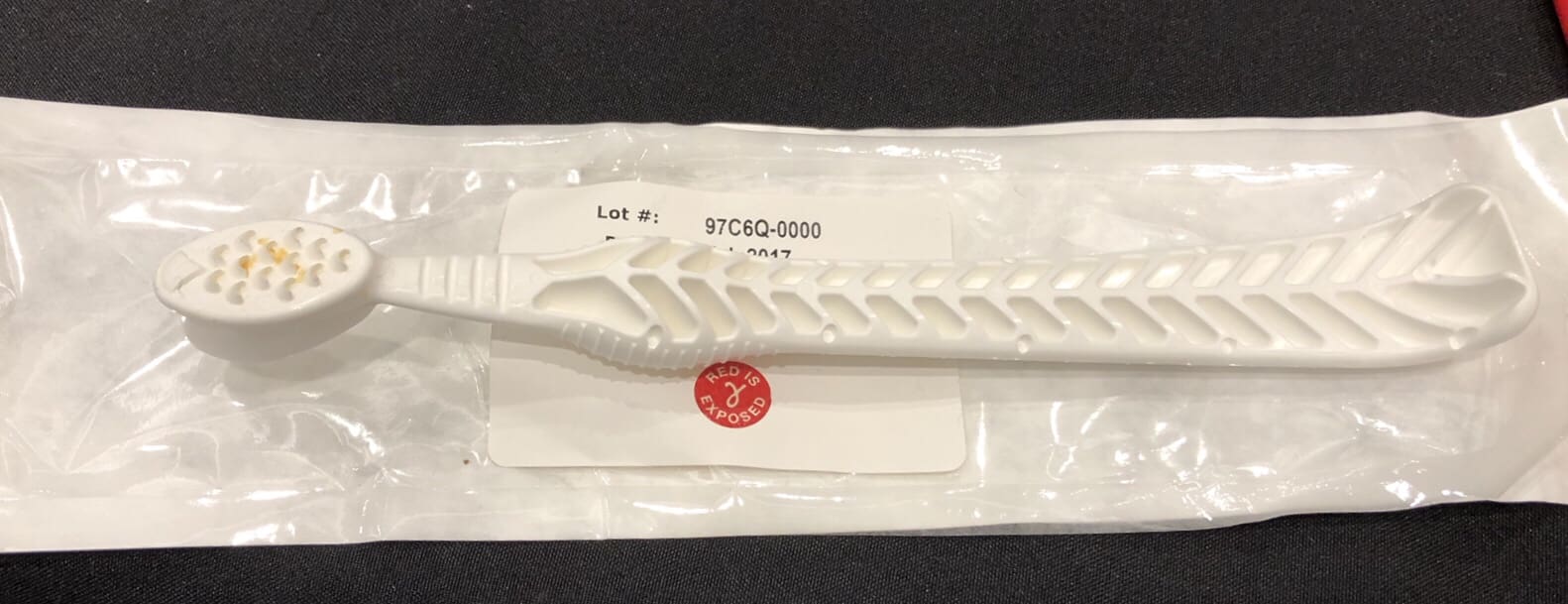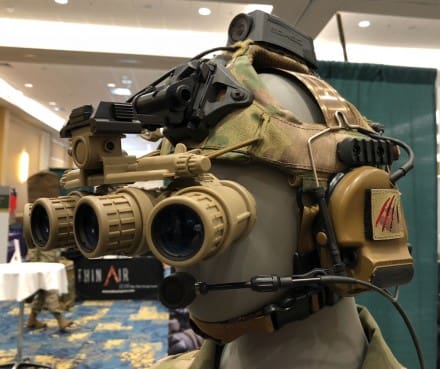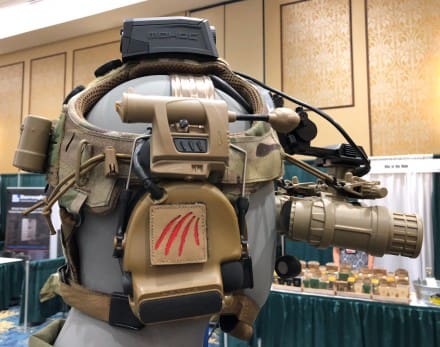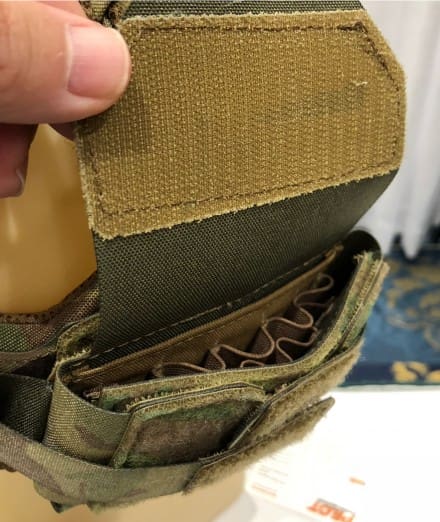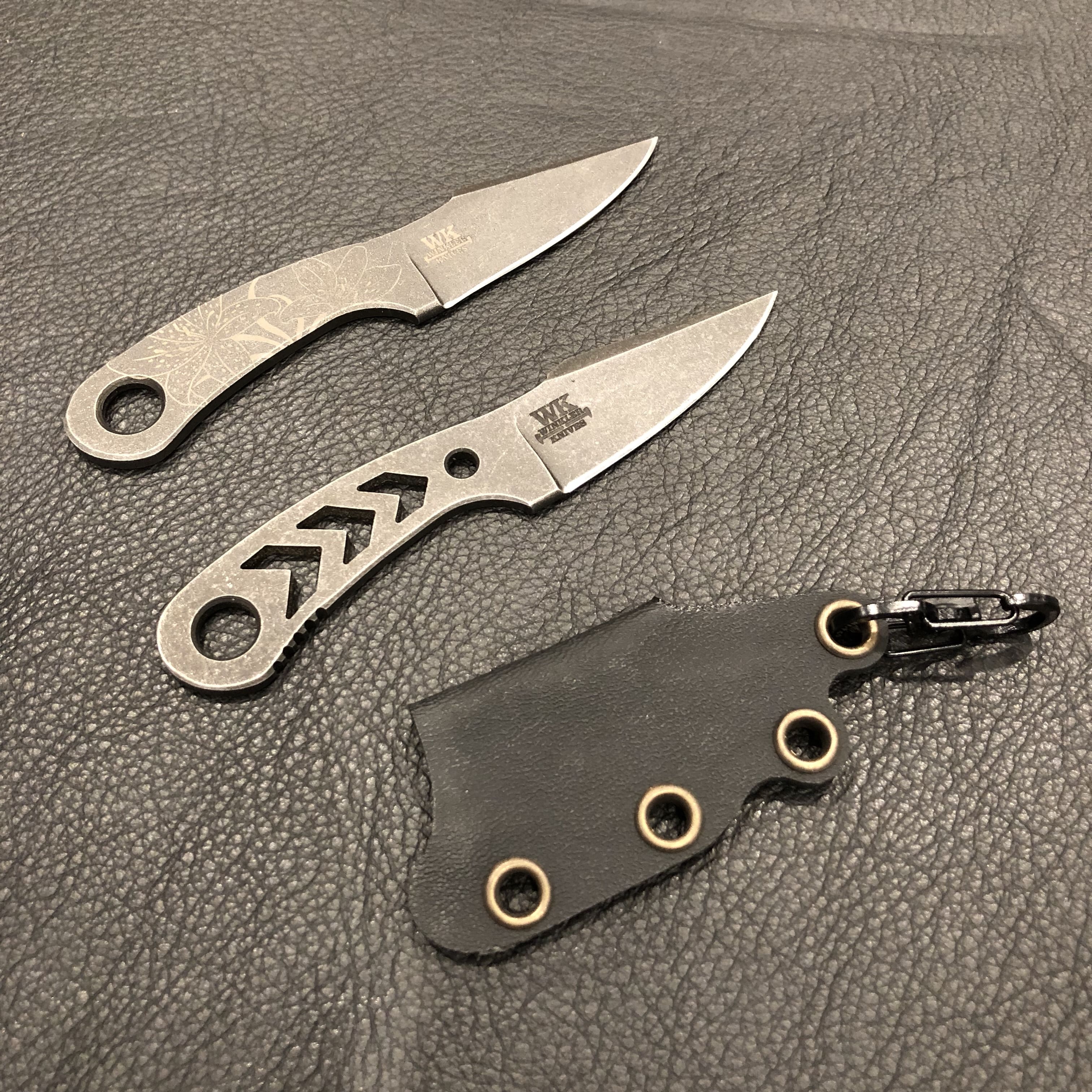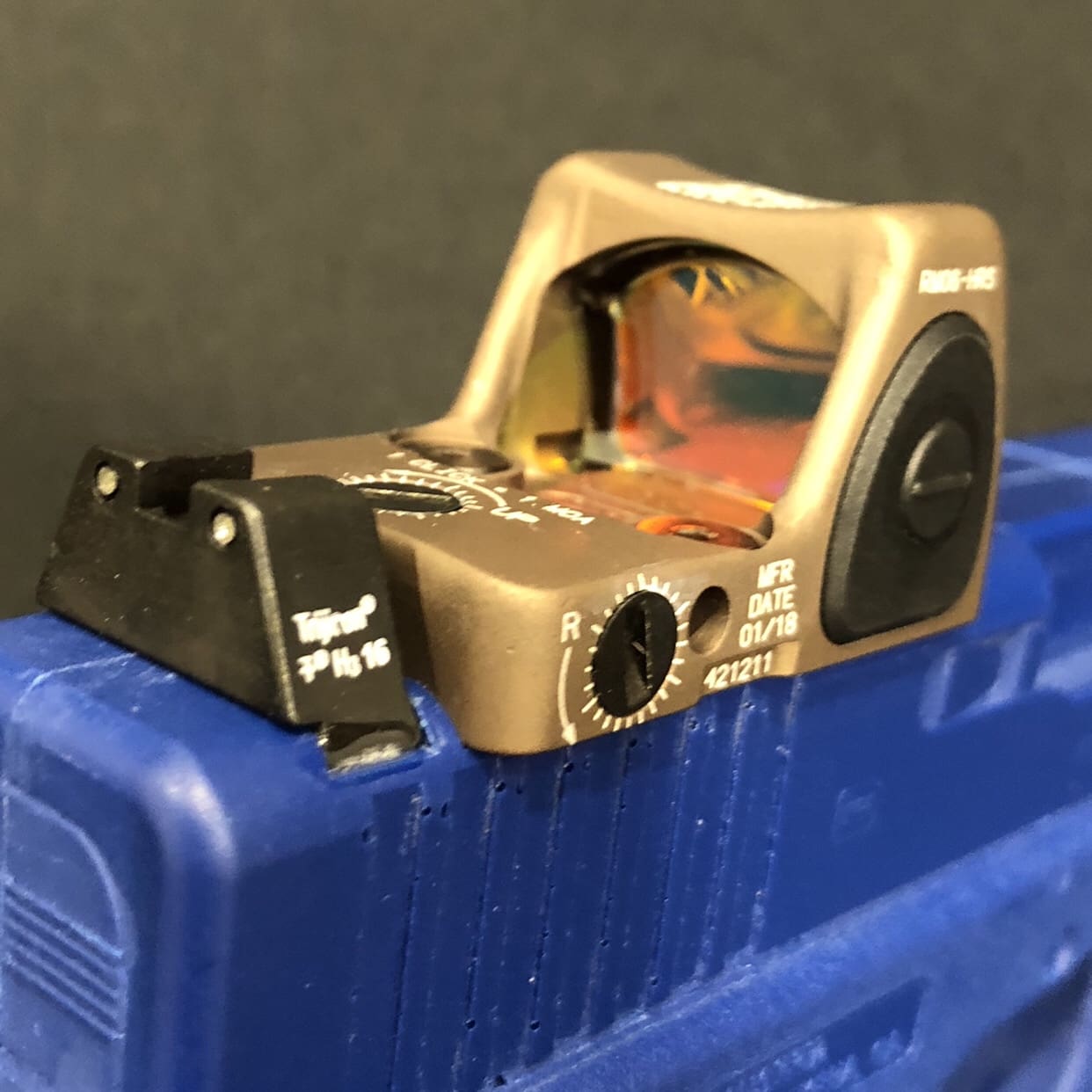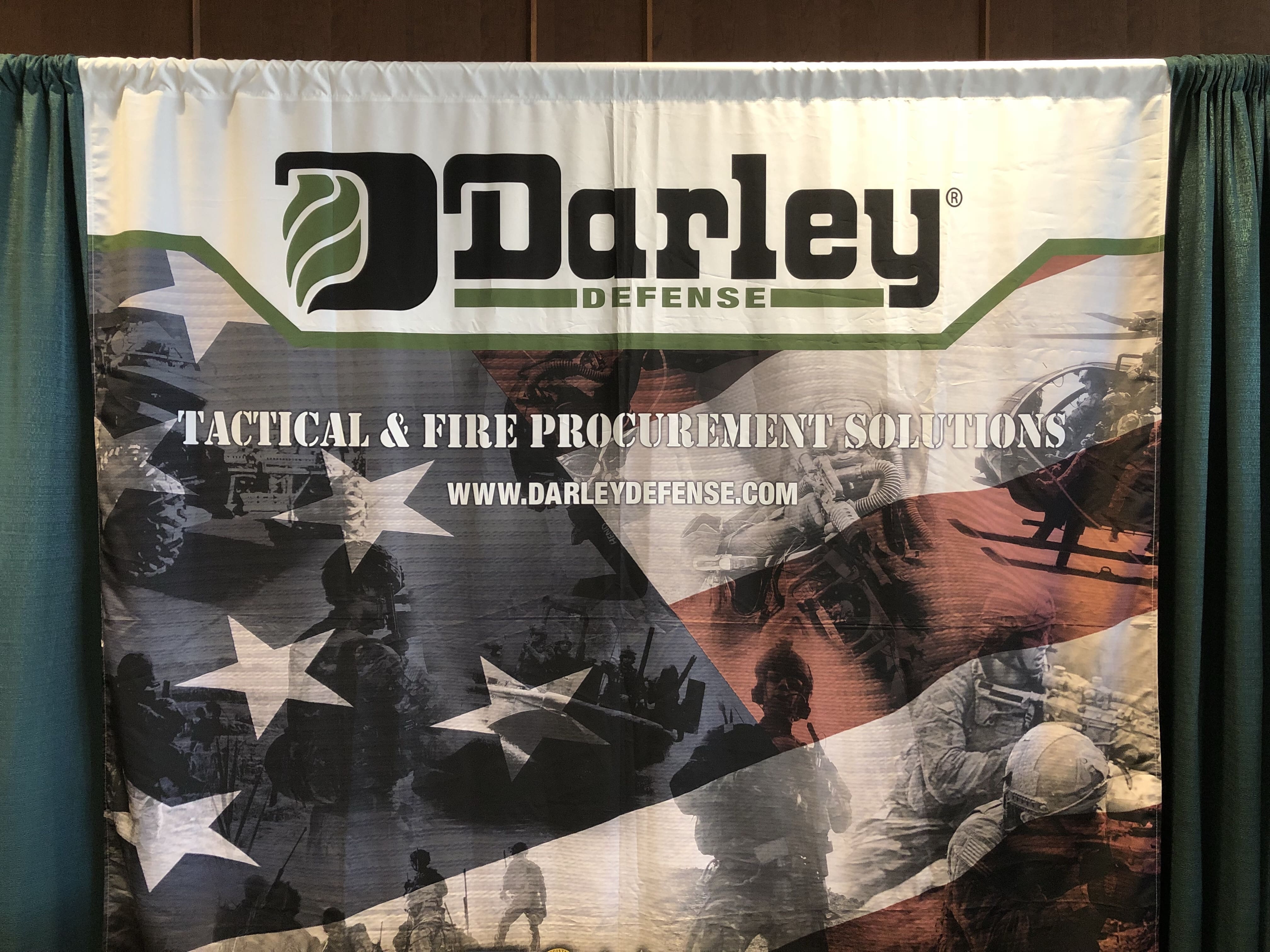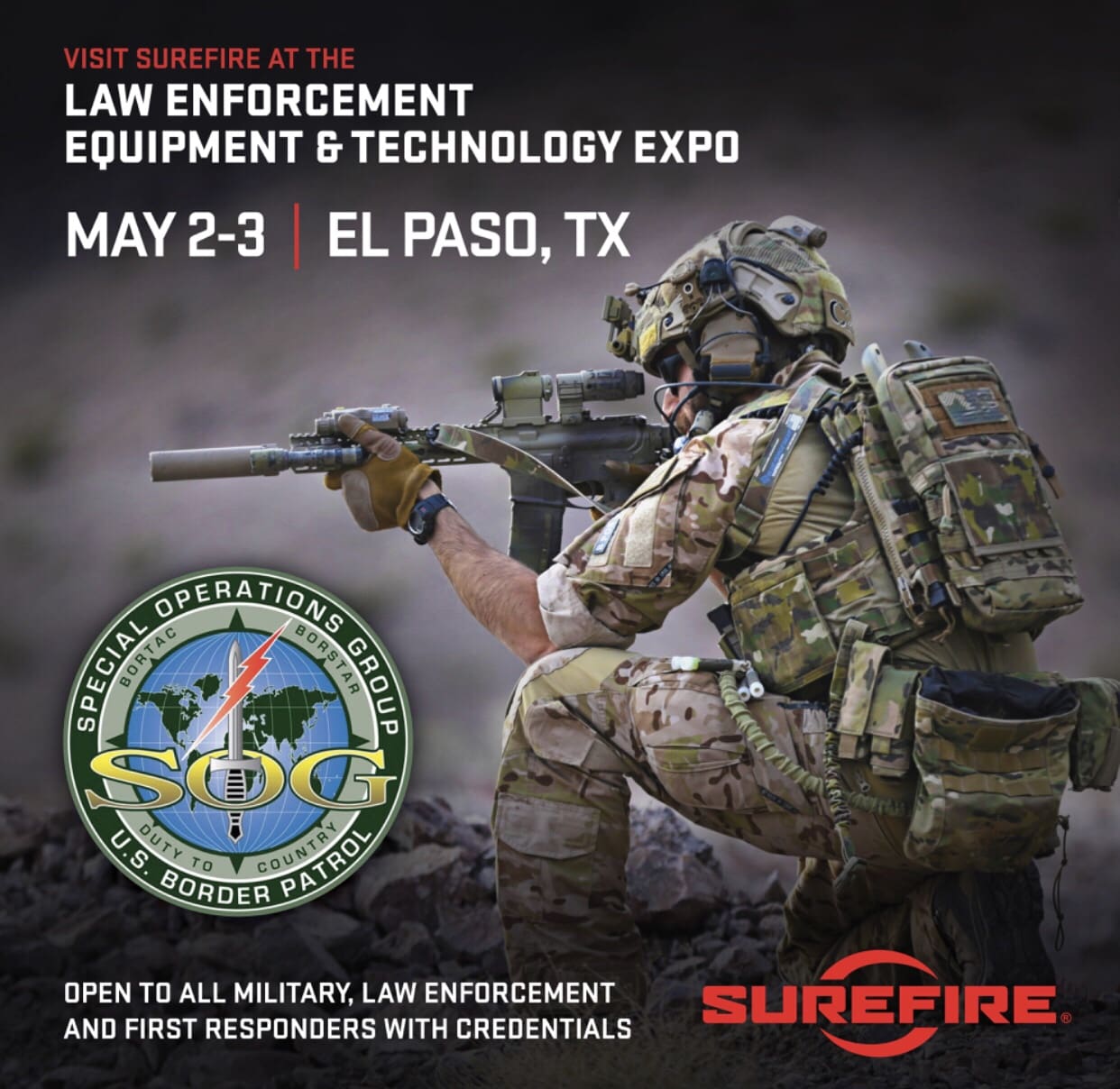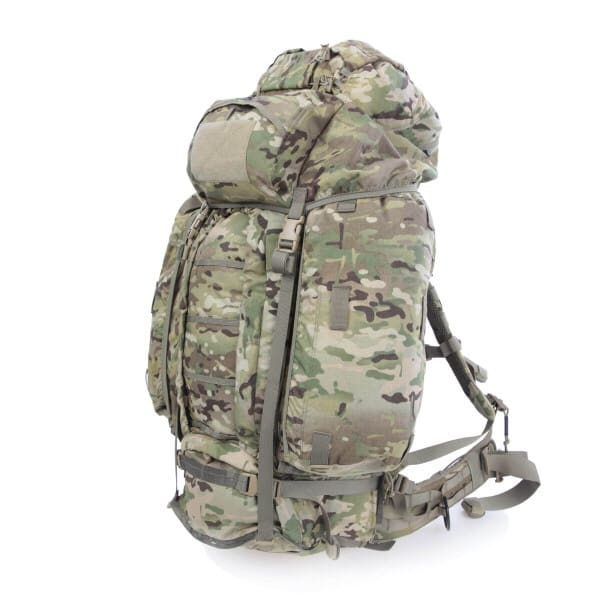The PTX ABC-812 Adaptive Battery Charger is the lightweight, flexible, intelligent, bulk battery charger built for rugged field use.
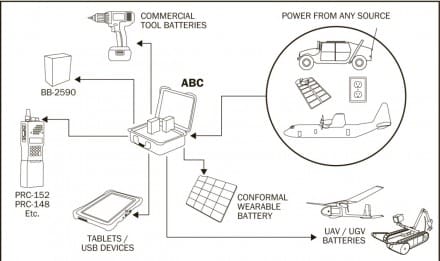
Like all PTX Power management systems, the Adaptive Battery Charger can draw power from any source. Unlike our other systems, it has been specifically optimized as a bulk battery charger that charge multiple different types of batteries at the same time – from the same power source. Due to its intelligent power management system, the ABC-812 automatically evaluates the power source and adjusts its output to maximize charge rate and minimize charge time.
The ABC also prioritizes charging, so that the fullest battery is charged first – enabling the user to get back in operation as soon as possible with at least one fully charged battery. Its built-in intelligence also prevents it from completely draining a vehicle battery when in scavenge mode – so you’re left stuck with a dead battery.
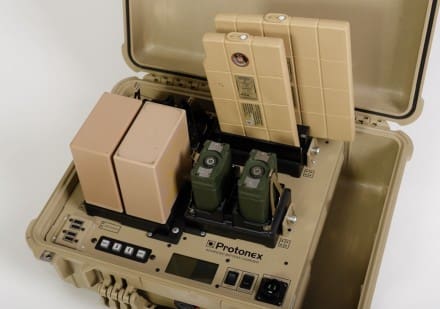
It is also easily adaptable to different charging needs – just plug in a new battery adapter cup and start charging, no additional programming or reconfiguration is required. The ABC-812 currently supports a wide range of military and commercial batteries; including the BB2590, Conformal Wearable Battery, MBITR, C-SEL, Aeryon Skyranger UAV, and more.
The entire system is packed in a tough, impact-resistant, waterproof, case to ensure reliable operation in austere expeditionary environments, and has been proven on deployments with US Army, US Air Force, and NATO units.
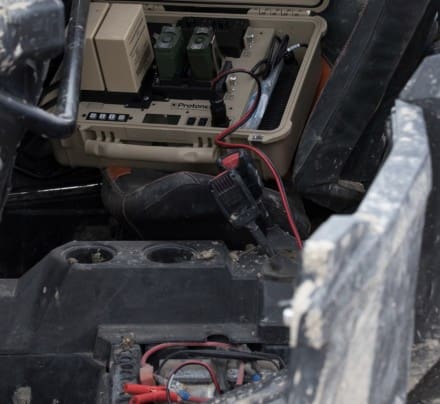
For further information visit www.PTXnomad.com, contact the Team.Room@Protonex.com, and visit the PTX team on the Protonex booth at SOFIC, booth #2232.
